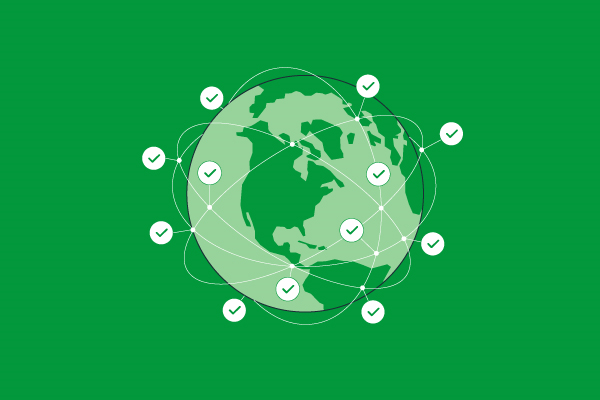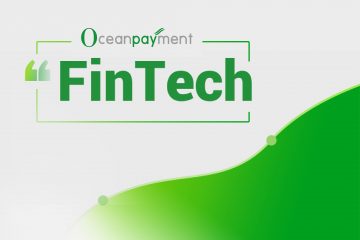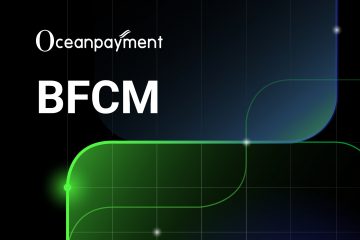German E-commerce Market Facts at a Glance
According to the reports released by Ecommerce Foundation, Germany B2C market has maintained double-digit growth rate. With the market size of $59.7 billion euros in 2015, Germany is still the Europe’s third-largest B2C e-commerce market, only behind the United Kingdom and France. It is expected that in 2016 the size of the online retail market in Germany will reach 669 billion euros.



The growth of the German online market is primarily caused by the fact that the number of online shoppers as well as the amount they on average spent online in 2015 both grew significantly. The number of e-shoppers in Germany increased from 49.5 million to 51.6 million, and the average amount they spent online from €1,064 to €1,157.
Alternative Payment Methods dominate German Payments Market
The German payments market is dominated by alternative payment methods and eWallets. Bank Transfers (e.g. SOFORTbanking, Giropay), SEPA direct debits, ELV (local direct debit), PayPal and Open Invoice (e.g. Billpay, RATEpay, Klarna) account for 80-85% of the total payments market share. This reflects the current german ‘banking’ situation where 95% of all Germans have access to online banking, and only ~25% are in the position of credit cards.



Cards take only around 10% of the total number of transactions conducted online. MasterCard and Visa take almost equal share with around 42%, followed by American Express with 12%. Despite the tremendous drop in MasterCard and Visa domestic interchange fees – potentially resulting in lower merchant services charges – it is expected that alternative payment methods will gain market share in coming years as consumers seem to prefer alternatives over cards (and German banks push for their home grown payment products).
At the end of 2015, large German banks launched a new online payment method called Paydirekt, which allows shoppers to pay for their online purchases through their trusted home banking environment and checking account. Paydirekt is expected to take off this year and impact the current ‘status quo’ in the online payments market as it offers a compelling proposition for both consumers and online merchants.












Comments are closed.